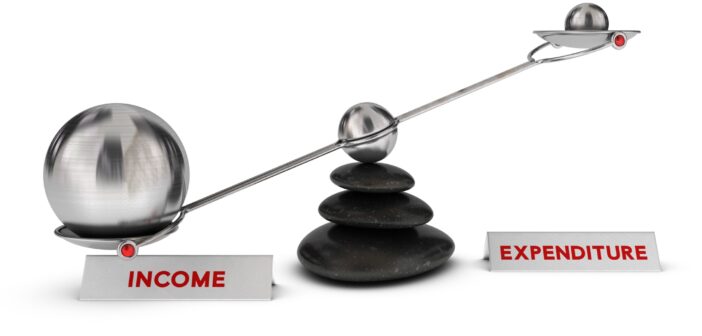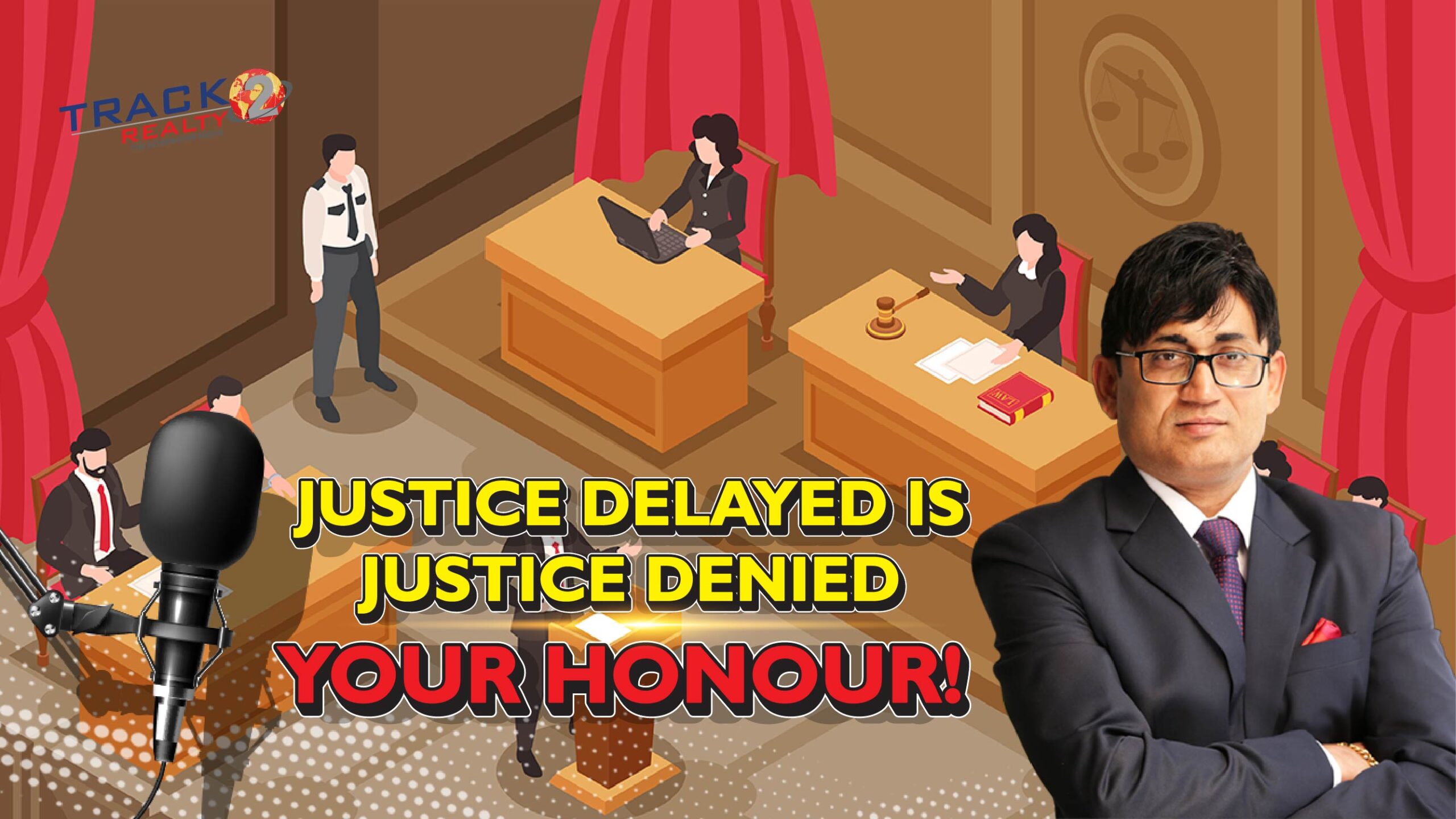The input cost escalation has indeed brought the catch 22 situation for the real estate developers in this part of the world. As per the industry estimates, the input cost of various construction raw materials has surged from 20-35 per cent in the last 12-18 months. The property prices in the proportional ratio have not increased and in most of the micro markets across India the prices during the said period are at a standstill.
“Do I have a choice? Now that there is cartelization of cement, steel and other raw materials, my input cost has escalated by 20 per cent. I am left with two uncomfortable choices – either pass on the burden to the buyers and weather a prolonged spell of slow sales, or I compromise with the quality,” says an agitated builder in Noida, while requesting not to be quoted.
No one has a clear answer as to what is the way out. Both the possible solutions on the table – compromise quality or hike prices – have their own flip side. If the developers hike the price, then the already slow sales velocity would be further affected, resulting in the cash flow challenge for the builders. And if they compromise with the quality then the brand reputation gets hit and it could affect their future projects as well.
For the projects at the initial stages of construction, compromising on quality would amount to sacrificing the strength of the building. After all, cement and steel consumption are at the max during the initial stages only. And for the projects near completion, compromising the finishing materials like electrical switches, sanitaryware etc would invite buyers’ wrath.
Catch 22 for housing market
Increase prices or cut corners
Escalation clause to be invoked
Affordable housing with lower profit margins to stuck
Less affordable housing launches ahead
Luxury housing with better margins could survive
Project delays due to input cost escalation
Real life case studies
Ramesh Sahu, a home buyer in Mumbai, was recently disappointed when he visited the housing project site to book the house. A couple of months back his friend had booked a 2BHK apartment over there at a price of INR 1.40 crore. But Ramesh was told that since the raw material prices have escalated the project would cost an additional 10 lakh rupees now.
Soniya Sharma was quite impressed with the previous projects of the developer in Bengaluru. Known for the backward integration model and the state of the art craftsmanship, the developer’s under construction project was expected to be the replica of his past impressive track record. However, she was pretty disappointed with the quality of the external visible area of the new project. It was quite apparent that the developer had compromised with the quality to cut corners this time around.
Industry denies cutting corners
Vinit Dungarwal, Director at AMs Project Consultants points out that the housing developers’ profit margins are already wafer-thin, and the rising inflationary trend of basic input costs such as cement, steel and labour are adding to their woes. It is getting increasingly difficult for the developers to offset the pricing, and most developers would be looking at passing on the burden to the home buyers rather than cutting corners.
“At the current levels, it will be difficult for affordable housing developers to launch budget homes. This is a price-sensitive market, and the upswing in the raw material costs and EMI getting dearer will have some bearing on the market. We believe that future price hikes are inevitable as developers will not be able to absorb these constantly increasing input costs without them impacting their businesses. On the brighter side, the demand for housing has increased significantly after the first wave, and increased demand invariably supports the price hikes,” says Dungarwal.
Aditya Kushwaha, CEO and Director Axis Ecorp believes the surging input costs are impacting the cost of the construction. There are regulations in place through which the developers may look at increasing the prices of even sold inventory. For now, most developers are looking at recovering the costs from unsold inventory. They are looking at offsetting through these measures, but if the prices continue to mount, developers will have to consider other measures.
“Compromising on quality or deviating from the plans is never an option as there are a lot of regulatory compliances in place. No developer would want to resort to such short-term gains. For us, it is paramount to maintain the quality standards that we are known for. This is not the first time that raw materials prices are increasing. The prices have been on an upward swing for the last ten years. All reputed developers are aware of these trends and plan accordingly. The prices have indeed increased by multiple folds in the previous year but compromising on quality is not an option,” says Kushwaha.
In conclusion
This also brings to the table whether there is a third possible option. After all, the developers have already threatened to halt construction as a mark of protest against an alleged raw material cartelisation. Not really! As a candid Noida-based developer agrees that he is not in a position to share the camaraderie with the peer group to halt the construction. For him the choice is to bear the additional pressure of INR 2 crore with costly raw materials or delay construction to cough up INR 4 crore with his operating expenses and interest cost.
There are only two obvious uncomfortable choices for the developers and hence there is a catch 22 situation. The developers are trying best to work on the alternatives that can help them optimise costs and make most of the given resources. The idea is to make most of what they have to expedite the project in given budgets and timelines. Compromising on quality may end up doing more harm than good. From a long-term perspective, it is always advisable not to resort to such measures.
The affordable housing projects nevertheless are really pushed to the corner since they work on volumes and their profit margins are thin. In contrast, the luxury developers have the luxury to offset the input cost escalation since the margins over there are on the higher side.
Ravi Sinha
#RaviTrack2Media
Track2Realty is an independent media group managed by a consortium of journalists. Starting as the first e-newspaper in the Indian real estate sector in 2011, the group has today evolved as a think-tank on the sector with specialized research reports and rating & ranking. We are editorially independent and free from commercial bias and/or influenced by investors or shareholders. Our editorial team has no clash of interest in practicing high quality journalism that is free, frank & fearless.
Subscribe our YouTube Channel @ https://bit.ly/2tDugGl





